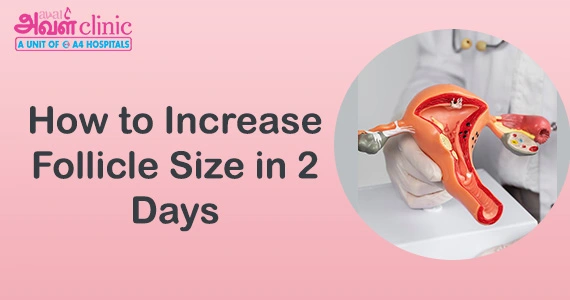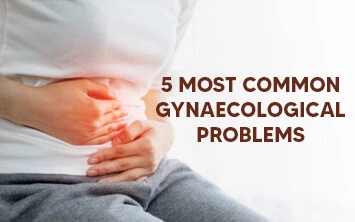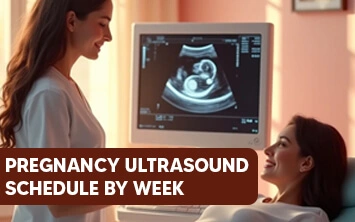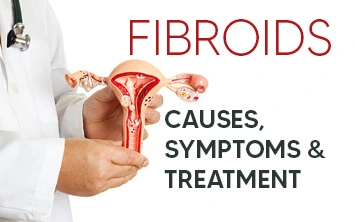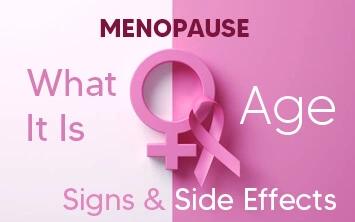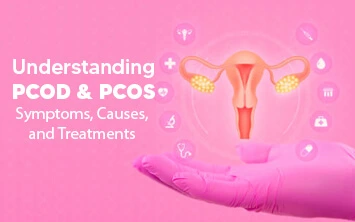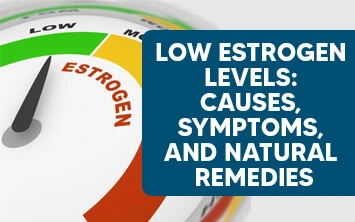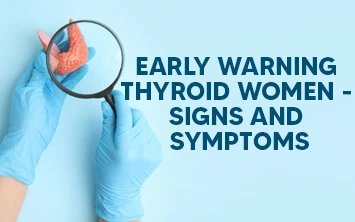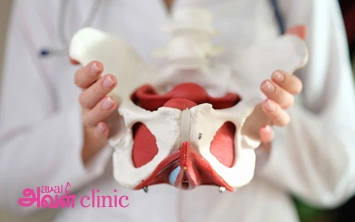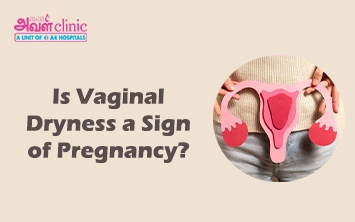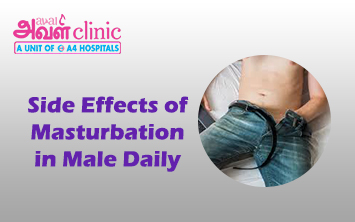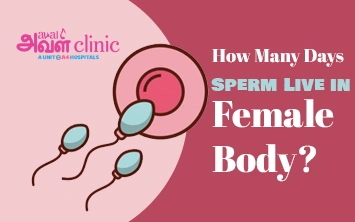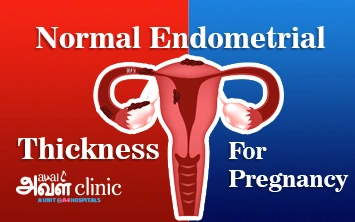Published on: June 07, 2025
Author: Admin
Healthy follicle development is one of the most crucial aspects of successful ovulation and conception. In women trying to conceive, the size and maturity of the follicle can determine the likelihood of a successful pregnancy. But what happens when the follicles are not growing as expected? If you're searching for how to increase follicle size in 2 days, you're likely looking for fast, effective, and natural options.
Let’s explore whether it’s really possible to boost follicle size within such a short window - and what you can do to support faster growth naturally and medically.
Understanding Follicles and Their Role in Fertility
Ovarian follicles are tiny, fluid-filled pouches in your ovaries that hold immature eggs. Each month, during a normal menstrual cycle, one main follicle grows and gets ready to release an egg during ovulation.
A follicle typically needs to reach around 18 to 24 mm in diameter for successful ovulation. However, in some cases, follicles fail to grow beyond 12–14 mm, delaying or preventing ovulation.
This condition can result from hormonal imbalances, PCOS, poor nutrition, or stress.
How to Increase Follicle Size in 2 Days?
While two days is a short time, certain interventions - especially if timed right - can influence follicle growth. Most follicular growth happens during the follicular phase of your cycle (days 2 to 14), and follicles grow around 1-2 mm per day on average. So yes, with proper nutrition, medication, and rest, small improvements are possible within two days.
However, for a long-term solution, consistency and guided care are essential.
How Follicles Grow: A Simple Guide
Follicles grow in a fascinating way, guided by hormones like follicle-stimulating hormone (FSH) and luteinizing hormone (LH). Here’s how it happens during a typical menstrual cycle:
- Primordial Stage: Tiny, sleeping follicles rest in your ovaries, waiting for their moment to shine.
- Primary Stage: Hormones kick things off, nudging a few follicles to start growing.
- Secondary Stage: The follicles get bigger, creating little fluid-filled pockets to protect the egg inside.
- Tertiary (Graafian) Stage: One main follicle grows to 18–24 mm, fully ready to release an egg during ovulation.
The Best Follicle Size for Conception
For a successful pregnancy, the ideal follicle size is typically 18–24 mm at the time of ovulation. This size indicates that the follicle is mature and ready to release a healthy egg for fertilization. Your doctor can monitor follicle size using ultrasound to ensure optimal timing for conception.
Natural Ways to Increase Follicle Size Fast
1. Foods to Improve Follicle Size
- Omega-3 Fatty Acids (flaxseeds, walnuts, fish)
- Lean Proteins (paneer, eggs, fish, lentils, tofu)
- Healthy Fats (avocados, nuts)
- Antioxidant-Rich Foods (berries, citrus fruits)
- Vitamin D (fortified dairy, fatty fish)
- B Vitamins (whole grains, eggs)
- Vitamin C (citrus fruits, bell peppers)
- Vitamin E (nuts, seeds)
- Folate (spinach, beetroot, legumes)
- Fresh Fruits and Vegetables (broccoli, oranges, carrots)
2. Stay Hydrated
- Water supports better circulation and nutrient absorption, which is crucial for follicle nourishment.
3. Include Natural Supplements (Consult Before Use)
- Coenzyme Q10 (CoQ10) improves egg quality and follicular response.
- DHEA may be recommended for women with low ovarian reserve.
- Shatavari and Maca Root, traditional herbs, are known to support hormonal balance. Use only under professional guidance.
4. Gentle Movement and Relaxation
- Light yoga, walking, and deep breathing can reduce stress, enhance pelvic blood flow, and support hormonal harmony.
Medical Support to Stimulate Follicle Growth
When natural methods alone aren’t enough, doctors may prescribe treatments to trigger follicular development.
- FSH Injections: Follicle Stimulating Hormone encourages growth of one or more follicles.
- Letrozole or Clomid: Oral medications that stimulate the ovaries to produce mature follicles.
- Estrogen Supplements: In some cases, estrogen is used to support the uterine lining and follicle maturity.
- Ultrasound Monitoring: Helps track growth progress to adjust medication as needed.
These treatments can sometimes cause noticeable changes in follicle size within a couple of days.
Follicle Growth in Natural Conception
In a natural menstrual cycle, follicle growth follows a steady rhythm:
- Early Follicular Phase (Days 1–7): Several follicles (called antral follicles) start growing, sparked by FSH. They’re small, usually 2–10 mm, and only one typically becomes the dominant follicle.
- Mid-Follicular Phase (Days 8–12): The dominant follicle grows faster, reaching about 14 mm. Other follicles may stop growing and fade away (atresia). The growth rate is roughly 1.5–2 mm per day.
- Late Follicular Phase (Days 11–14): The dominant follicle reaches 18–24 mm, the ideal size for ovulation. It releases an egg when triggered by a natural LH surge, ready for fertilization in the fallopian tube.
This process feels like your body’s quiet, natural dance, preparing one egg each month for a potential pregnancy. A healthy follicle at ovulation (18–24 mm) gives the best chance for a mature, fertilizable egg.
Follicle Growth in IVF
IVF takes a different approach, using medications to encourage multiple follicles to grow at once. Here’s how it works:
- Ovarian Stimulation (Days 2–12): Starting on day 2 or 3 of your cycle, you’ll take injectable hormones like FSH and sometimes LH or human menopausal gonadotropin (hMG). These stimulate multiple follicles to grow, unlike the single dominant follicle in a natural cycle. Follicles grow at a similar rate of 1.5–2 mm per day but start earlier due to the medications.
- Monitoring Growth: Your doctor uses transvaginal ultrasounds and blood tests (checking estradiol levels) every few days to track follicle size and number. Most follicles need to reach 16–20 mm to contain mature eggs, with at least three follicles at 18 mm signaling readiness for egg retrieval.
- Trigger Shot: When enough follicles are 16–20 mm, a trigger shot (usually human chorionic gonadotropin, hCG) is given to finalize egg maturation. Egg retrieval happens about 36 hours later.
IVF is like giving your ovaries a gentle nudge to produce more eggs, increasing your chances of success. However, not all follicles will contain mature eggs - follicles smaller than 14 mm often have immature eggs that won’t fertilize.
Comparing Growth Rates: Natural vs. IVF
The growth rate of follicles is similar in both natural conception and IVF - about 1.5–2 mm per day once growth is underway. The key differences are:
- Number of Follicles: In natural cycles, only one follicle typically reaches maturity. In IVF, medications stimulate multiple follicles (often 10–20) to grow at once, aiming for more eggs.
- Timing of Growth: IVF starts follicle growth earlier (day 2–3) with medications, while natural cycles rely on your body’s natural FSH rise, which may begin a bit later. Stimulated cycles often see follicle growth kick off 2 days earlier than natural cycles.
- Follicle Size at Maturity: Both aim for follicles of 18–24 mm for ovulation or retrieval. In IVF, follicles of 16–20 mm are often considered mature enough, but larger follicles (≥18 mm) may have a slightly lower fertilization rate compared to 16–17 mm follicles in natural cycle IVF.
While IVF produces more follicles, the quality of eggs matters just as much as quantity. In natural conception, the single egg is often of high quality, but IVF’s multiple eggs increase the odds of finding a viable one.
When to Seek Help from a Fertility Specialist
If you notice that your follicles are staying small, not growing even with lifestyle changes, or if you’re not ovulating regularly, it’s a sign to reach out to a fertility expert. These issues might point to conditions like PCOS, hormonal imbalances, or other factors that need special attention.
At Aval Clinic, our caring team of fertility specialists is here to guide you. We’ll assess your follicular health and create a personalized plan to support your journey to conception with compassion and expertise.
Conclusion
Improving follicle size within 2 days is a challenge, but not impossible - especially when nutritional support and medical intervention are combined. For the best outcome, focus on nurturing your reproductive health over time while using targeted strategies during your cycle.
Always work with a fertility specialist to track your progress and tailor a plan that fits your body’s unique needs.
If you still have any concerns, having a consultation with experts at Aval Clinics is recommended. They can guide you with the most appropriate information based on your health history and preference.
Contact us today for expert advice and personalized care:

